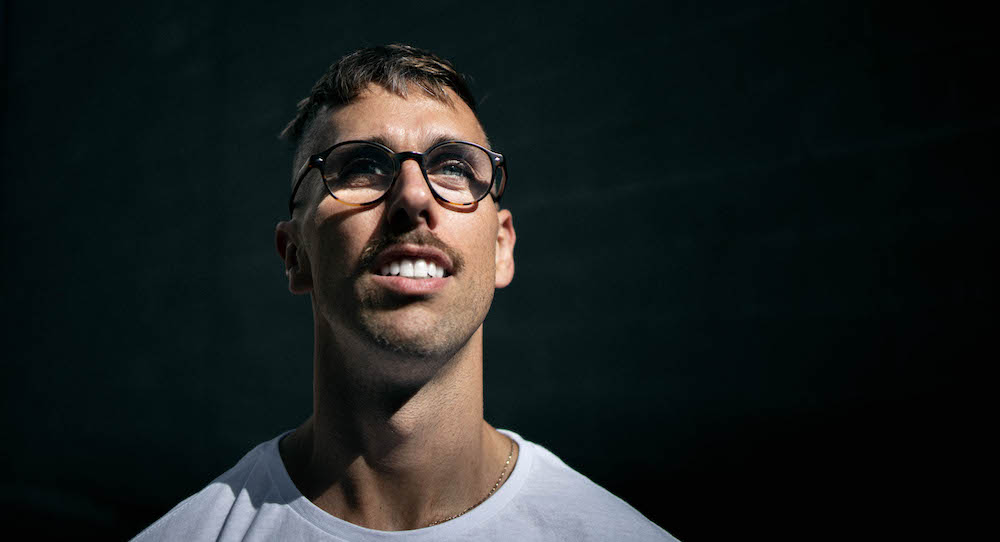Brendan Yeates has built a remarkable career at the intersection of movement and storytelling. From Broadway blockbusters to the iconic Sydney Opera House, he has become one of Australia’s most dynamic and in-demand choreographers and directors. With credits spanning Hamilton, Kinky Boots, West Side Story and Matilda the Musical, Yeates brings depth, detail and undeniable energy to every production he touches.
Currently at the helm of A (Very) Musical Christmas for the Michael Cassel Group and ABC, Yeates continues to craft powerful theatrical experiences through movement. His body of work is as diverse as it is distinguished – from a Sydney Theatre Award nomination for Natasha, Pierre & The Great Comet of 1812, to viral success with Hamilton x Rihanna, to his pivotal role in the Australian premiere of MJ The Musical.

Having worked alongside industry legends like Andy Blankenbuehler, Jerry Mitchell and Christopher Wheeldon, Yeates now has his sights set on the United States. As he prepares to take his unique choreographic voice to international stages, we delve into the creative evolution of an artist whose work moves far beyond the footlights and into the hearts of audiences around the world.
You’ve gone from growing up in country Victoria to working on productions like Hamilton, MJ the Musical and West Side Story. Can you share what first sparked your love of dance and storytelling?
“I first fell in love with dance when my grandad gifted me a VHS of Mary Poppins. He was a lover of social dance – his first wife, my grandmother, brought music into that side of the family – and he thought Dick Van Dyke was the coolest entertainer to exist. He wasn’t wrong. I was enamoured with the way this man could move and entertain. At the time, I didn’t see it as storytelling. I just experienced the elevation that came when song turned into dance, what I later came to learn was musical theatre. That introduction sparked a love that led me to pursue tap dance. Once we enrolled, the owner of the local dance school in Morwell – Miss Vicky – suggested we complement it with jazz and ballet. That suggestion absolutely changed the course of my career and, ultimately, my life.”
You’ve worn many hats – choreographer, director, associate dance supervisor – across some of the world’s most iconic productions. Which role or moment has challenged and grown you the most so far?

“Each show has its own quirks, its own style, and when you’re working across multiple productions, each creative team has its own way of creating, teaching or maintaining. When I’m directing, I definitely feel the added pressure of standing at the front of the line – the responsibility that comes with the role is a vulnerable space for me. More people rely on you, more people need your support, and your overarching vision becomes a driving force behind the product, alongside the producer. I love that when I’m choreographing, I can turn to the director and ask for help.
As an associate, your role is to push the ideas of the creative you work for. You’re their voice when they can’t be in the room – to set their work or place their piece into a venue. That role is a whole other skill, as it means making decisions as someone else, for someone else’s vision. Communication increases exponentially to ensure you’re involving all parties and producing the wishes of the person you’re supporting.
But the role that has challenged me the most is actually as a resident choreographer or resident dance supervisor. Not only are you using your skills in dance and sharing knowledge, but the long-term run of a show brings an entirely different set of demands. You become a manager, a therapist and a strategist – curating relationships with your company that allow them to bring their best work every day. Art is a vulnerable space, and the repetition of the same work brings unique challenges for artists – like how to keep something feeling exciting or ‘fresh’ over a long period of time. That’s where real growth happens. That intersection between polish and rawness is where I’ve been challenged personally and have supported folks as they’re feeling challenged. I’ve found strength in the gift of repetition – the understanding that there is always newness, that freedom exists within parameters, and there’s always something new to explore no matter what.”
Your recent appointment in the U.S. marks a major international milestone. What does this next chapter mean to you, personally and professionally?

“Australia’s arts scene – and especially the commercial music theatre scene – is alive, and the breadth of shows is exciting. But the opportunity for creating new work is really being birthed in the U.S. The market is just so much larger; we can’t compete in the same way here. Working on MJ The Musical in Australia has created an international connection for me, and this next step feels like a chance to expand into a broader landscape and learn new styles and practices in theatre.
I want to be closer to the source material – to understand why a show is the way it is before it arrives in Australia. And one day, I want to be part of the team making those decisions in real time – the ones that influence how a show goes global.”
You’ve worked with some of the most respected names in the industry – Andy Blankenbuehler, Jerry Mitchell and Christopher Wheeldon. What have you taken from those collaborations that you now carry into your own leadership and creative direction?
“Each of these artists is so different – aside from their shared, exacting standards for how their work should be seen. No room is more cerebral and philosophical than the one Andy creates. Jerry’s space feels like a party – pure joy that makes the little queer kid in me feel seen. Christopher’s rooms have a distinct charm, grounded in the precision and perfectionism that feels synonymous with the ballet world.

Every time I step into a space with them – or recreate their work – I learn something new. The styles of dance and ways of sharing it are incredibly varied, and I think that’s what gives my own work its texture. I’ve helped tell the stories of drag queens and the founding fathers of America, but the recipe stays the same: drive the narrative forward through movement.”
From Disco Wonderland to Natasha, Pierre & the Great Comet of 1812, your work spans both commercial and highly theatrical projects. How do you approach creating movement across such different styles and audiences?
“Each piece I create usually begins in a private space – a lounge room, bedroom, sometimes even the bathroom. I’m always driven by music, lyrics and rhythm. I’ll listen over and over and then improvise movement, usually filming myself – footage I never show anyone. Ever.
Before that, I often have ideas, references or movement styles I’m trying to fuse. I draw a lot of inspiration from words – especially ones that describe texture – so I’ll get Sharpies and butcher’s paper and map out where I think the piece is going. And sometimes, I just show up to rehearsals and create with what’s in front of me.

Every process is different. I work with both dancers and non-dancers, so above all, I approach movement creation with curiosity and flexibility.”
You were the creative behind the viral Hamilton x Rihanna video, which went on to win a Clio Grand Award. How do you see the intersection between digital media and live performance evolving for choreographers like yourself?
“The Hamilton x Rihanna video was a really special moment. It came out of a collaboration with our Hamilton marketing team, and while we knew it would land well, we didn’t expect it to go viral like it did. That moment really tapped into the global connection that Hamilton holds in the world.
For choreographers, the line between stage and screen is more fluid than ever. We need to be adaptable – and the top creators today live in a world where they don’t just work in one medium. Digital media allows us to reach audiences instantly and globally, in ways that don’t rely on traditional theatre infrastructure. It’s not just about preserving or promoting live work anymore – it’s about creating original movement content for digital spaces. For me, it’s not about choosing one over the other; it’s about how each can feed and elevate the other.”
What advice would you give to young Australian performers and creatives dreaming of international careers, especially those from regional areas like where you started?
“Work commercially. The only reason I’ve been able to build international relationships is through the commercial jobs I’ve worked on. The commercial world is sometimes seen as ‘less creative’ because of the replica productions or ‘less fulfilling’ because of the long-term nature; but it’s introduced me to people, helped me find my voice and supported me financially in ways many artistic paths don’t.

Getting access to larger institutions came with challenges. My parents made huge sacrifices to give me whatever training opportunities they could, but receiving a scholarship to the Victorian College of the Arts Secondary School was the biggest shift – it was the kind of government subsidised training they could financially support, and it really set me on this path. Seek out opportunities like that. Grants, scholarships and often donors are overlooked for the work they do for arts training, not just funding of projects.”
Looking ahead, what kind of stories or collaborations are you most excited to explore as you take your next steps on the global stage?
“I’m most excited to be closer to my international network and to create new works with people I already have strong relationships with. I can’t wait to be with some mates at New 42 Studios, making something epic together.
I really believe that great work comes from great relationships. So much of a new job is about learning how a team works together. I’m excited to skip that step and jump straight into the deep end creatively. To dream up something bold and fresh, then take it around the world.”
You can follow Brendan Yeates on Instagram: @brendanyeates.
By Renata Ogayar of Dance Informa.

















